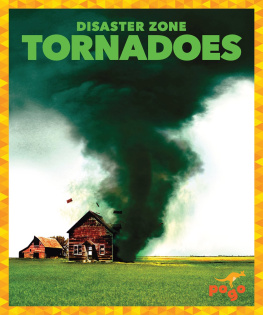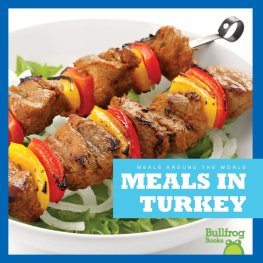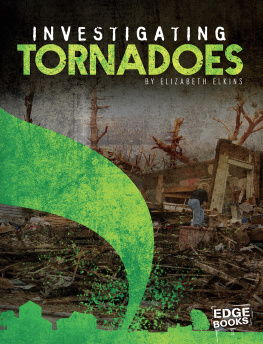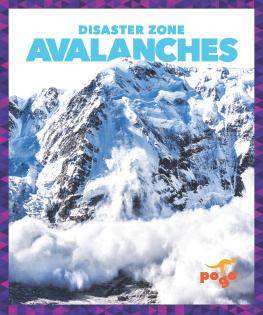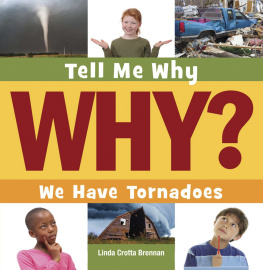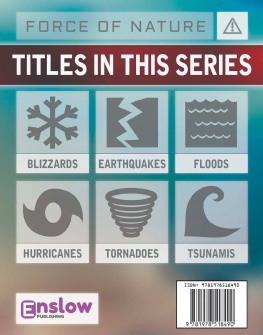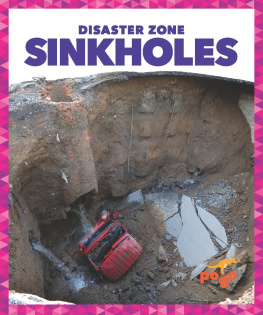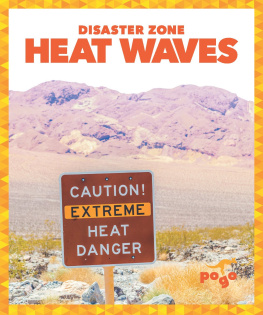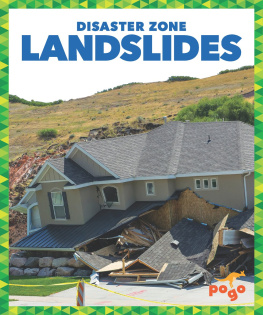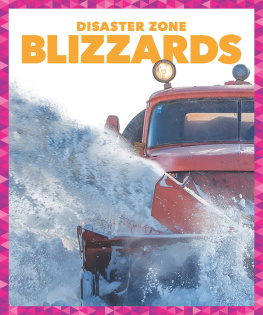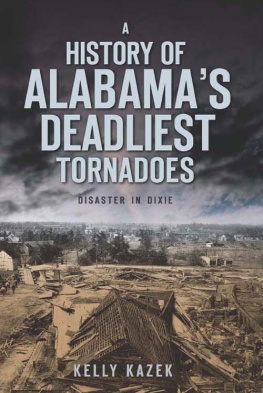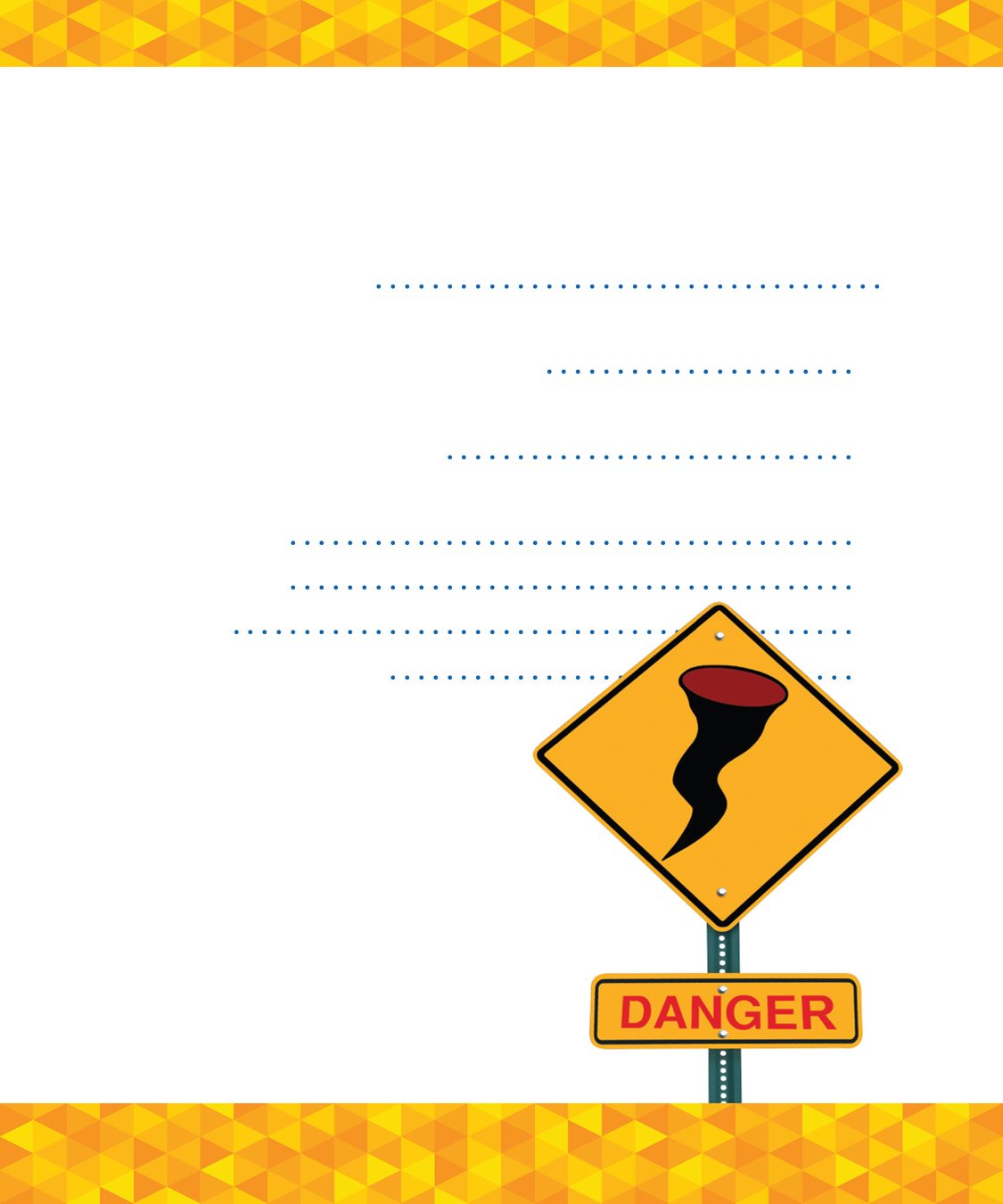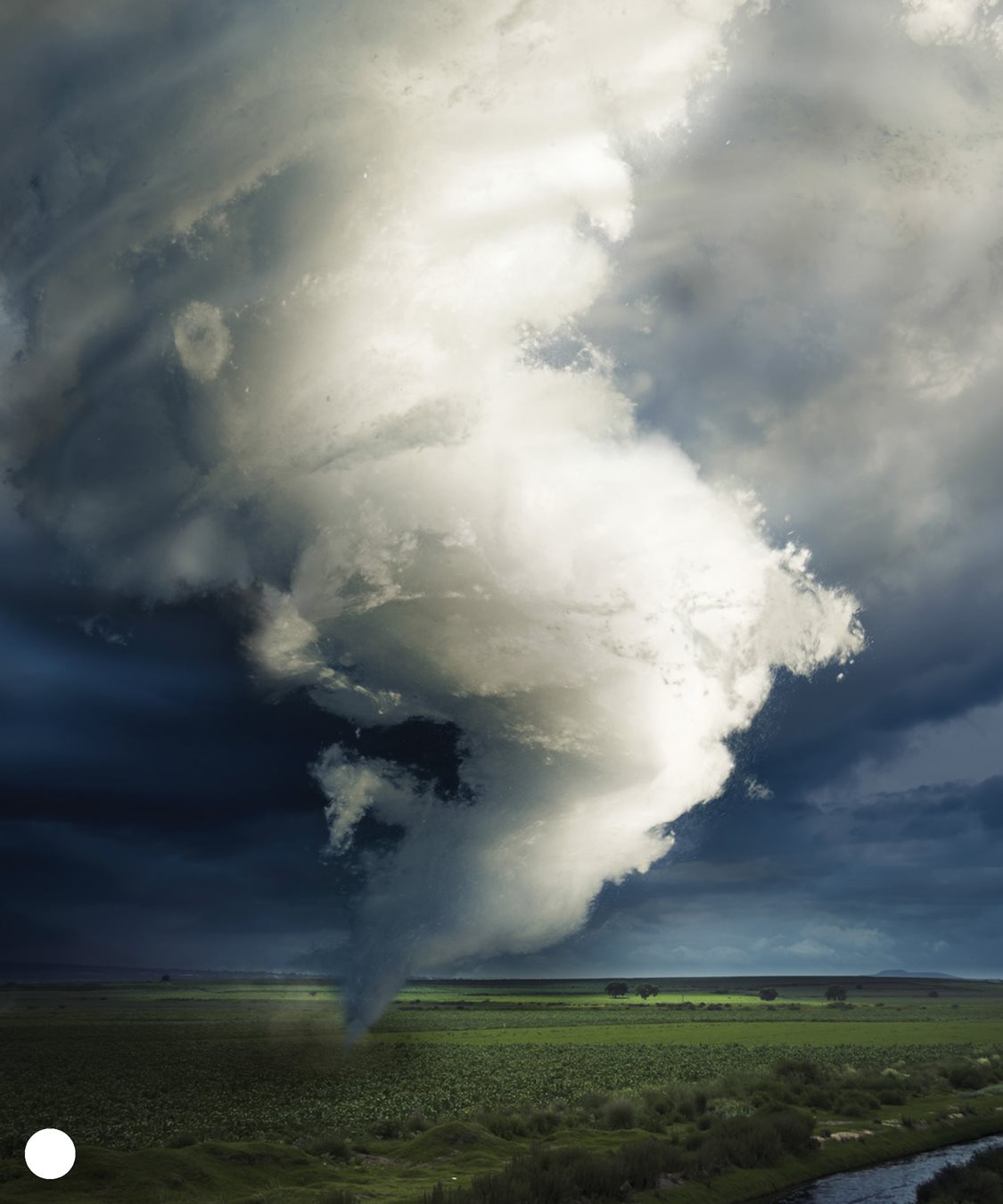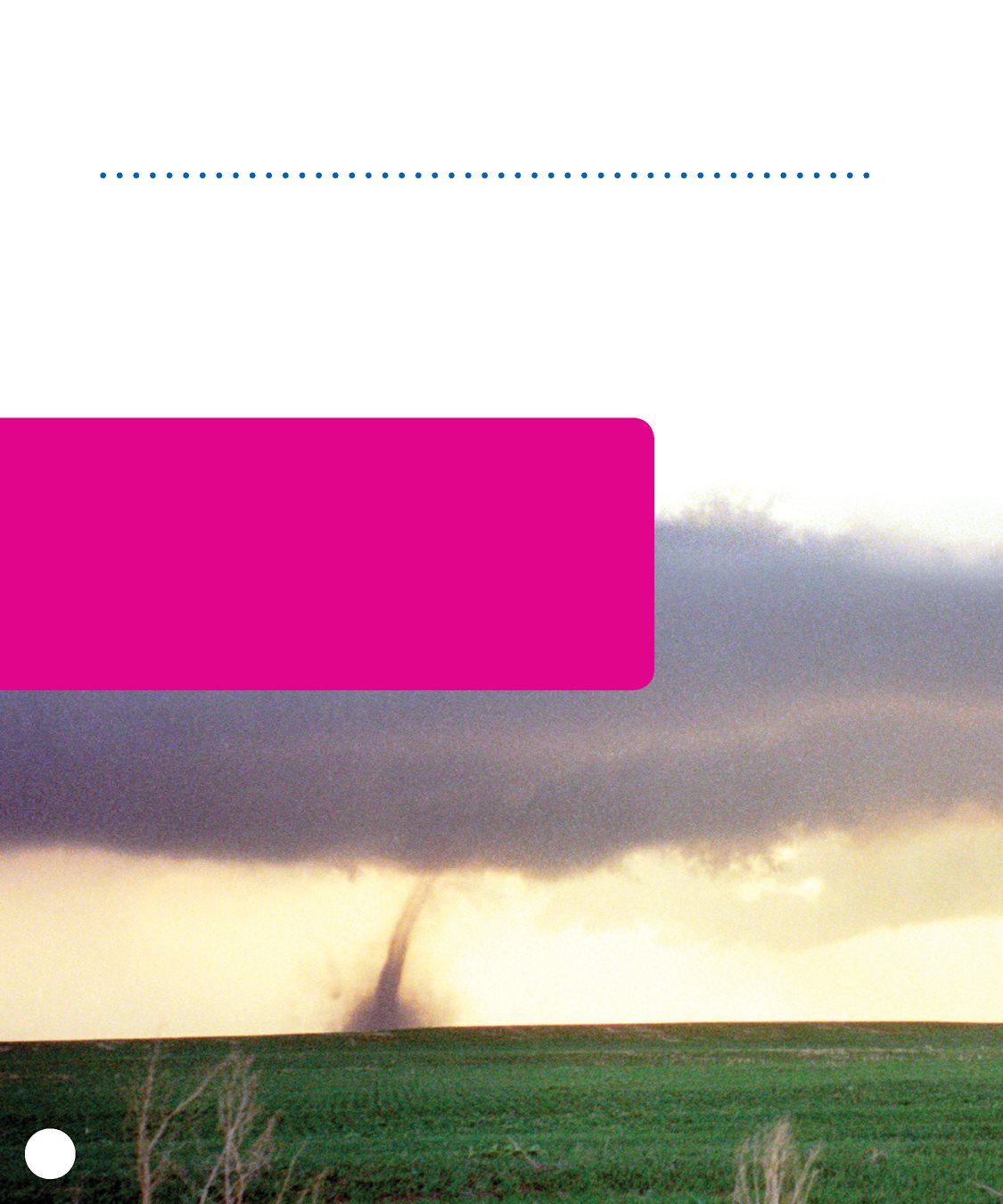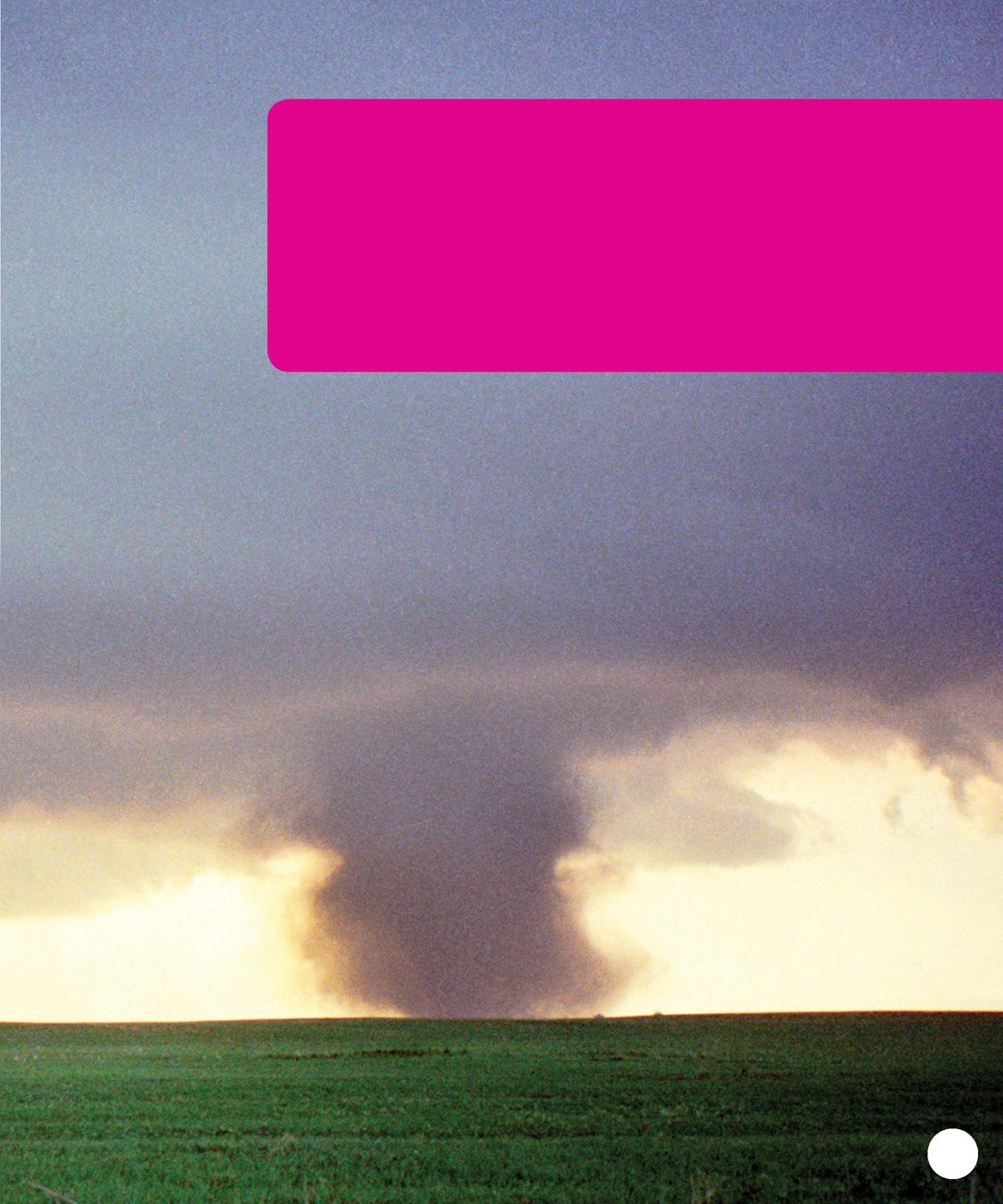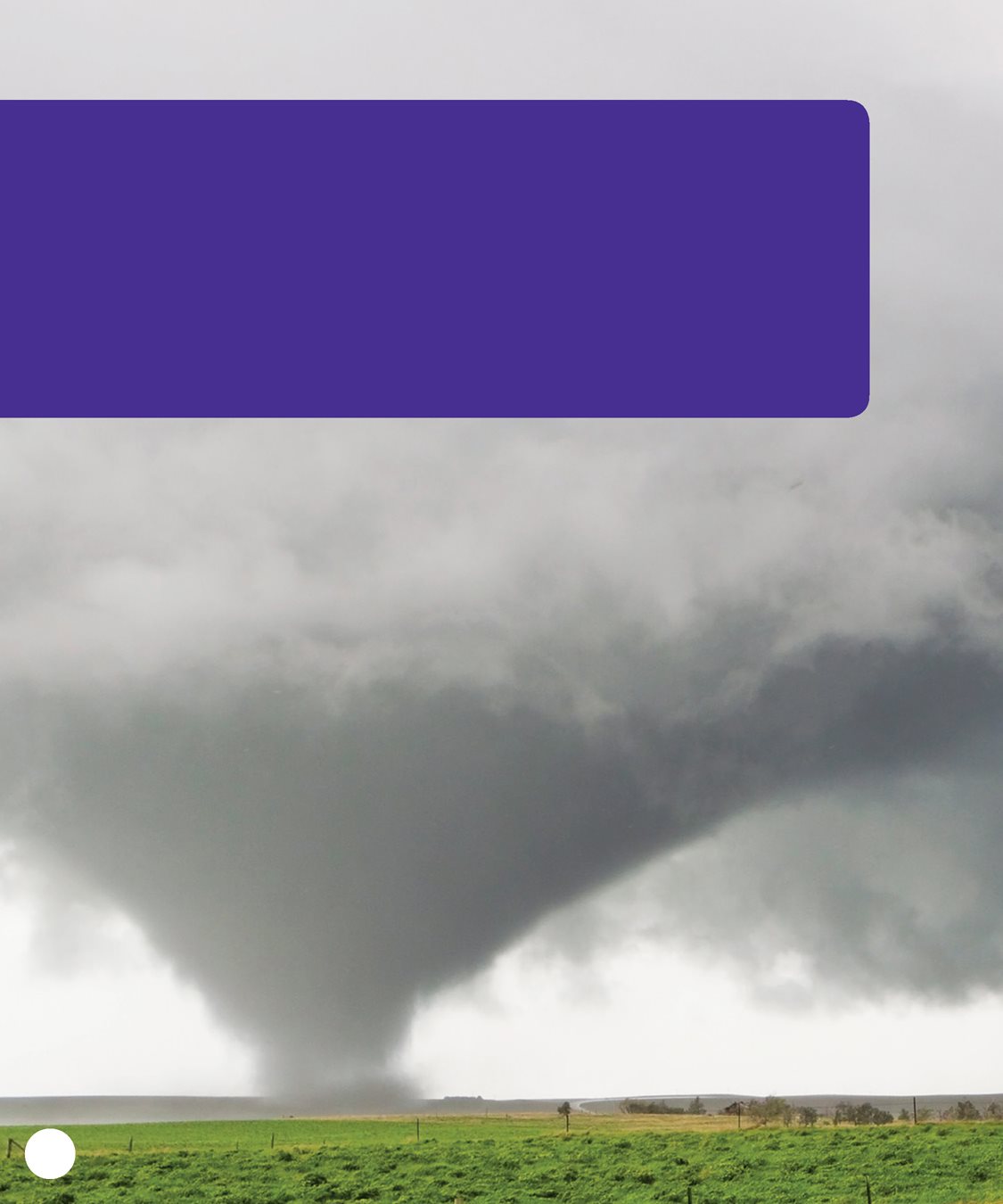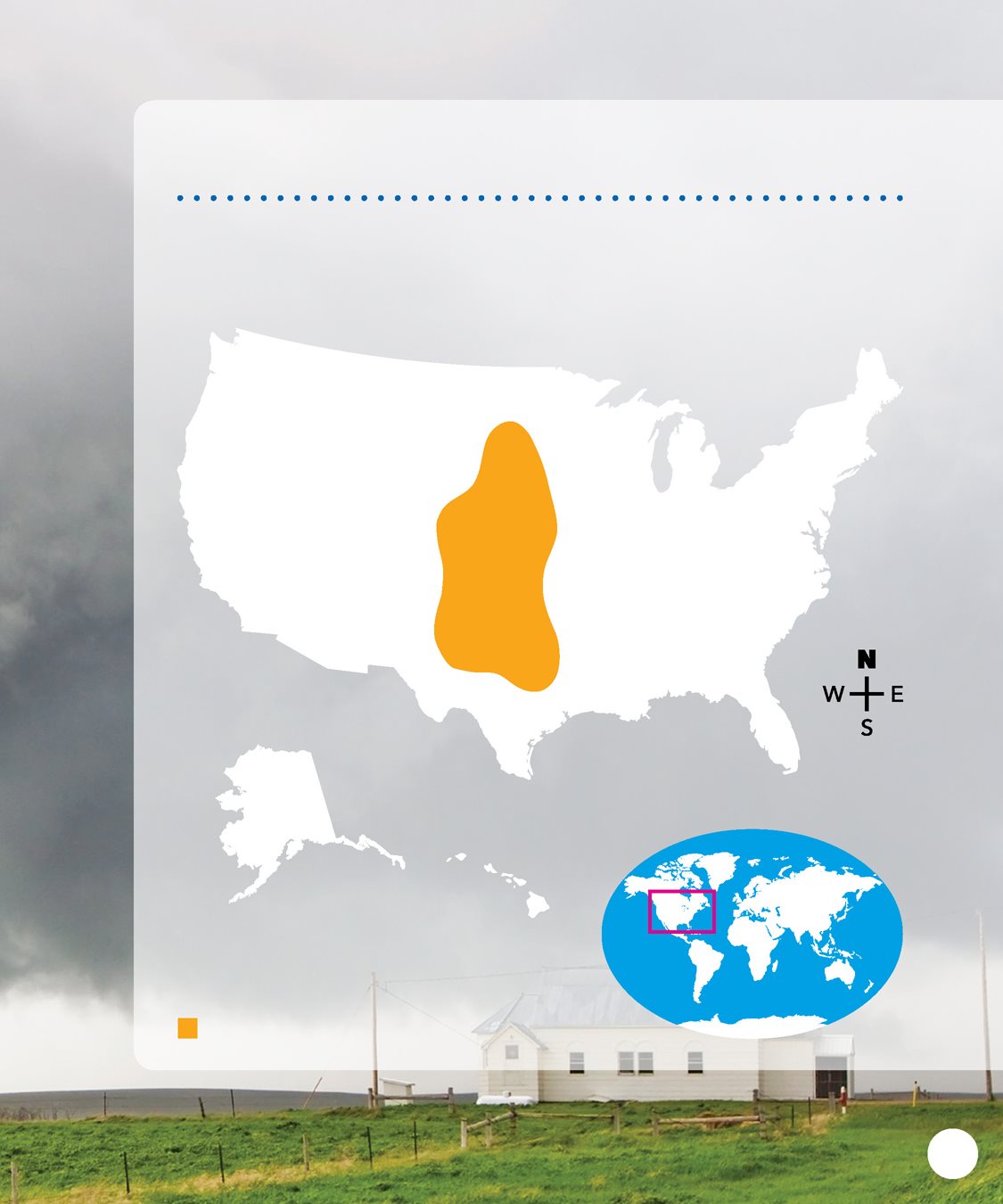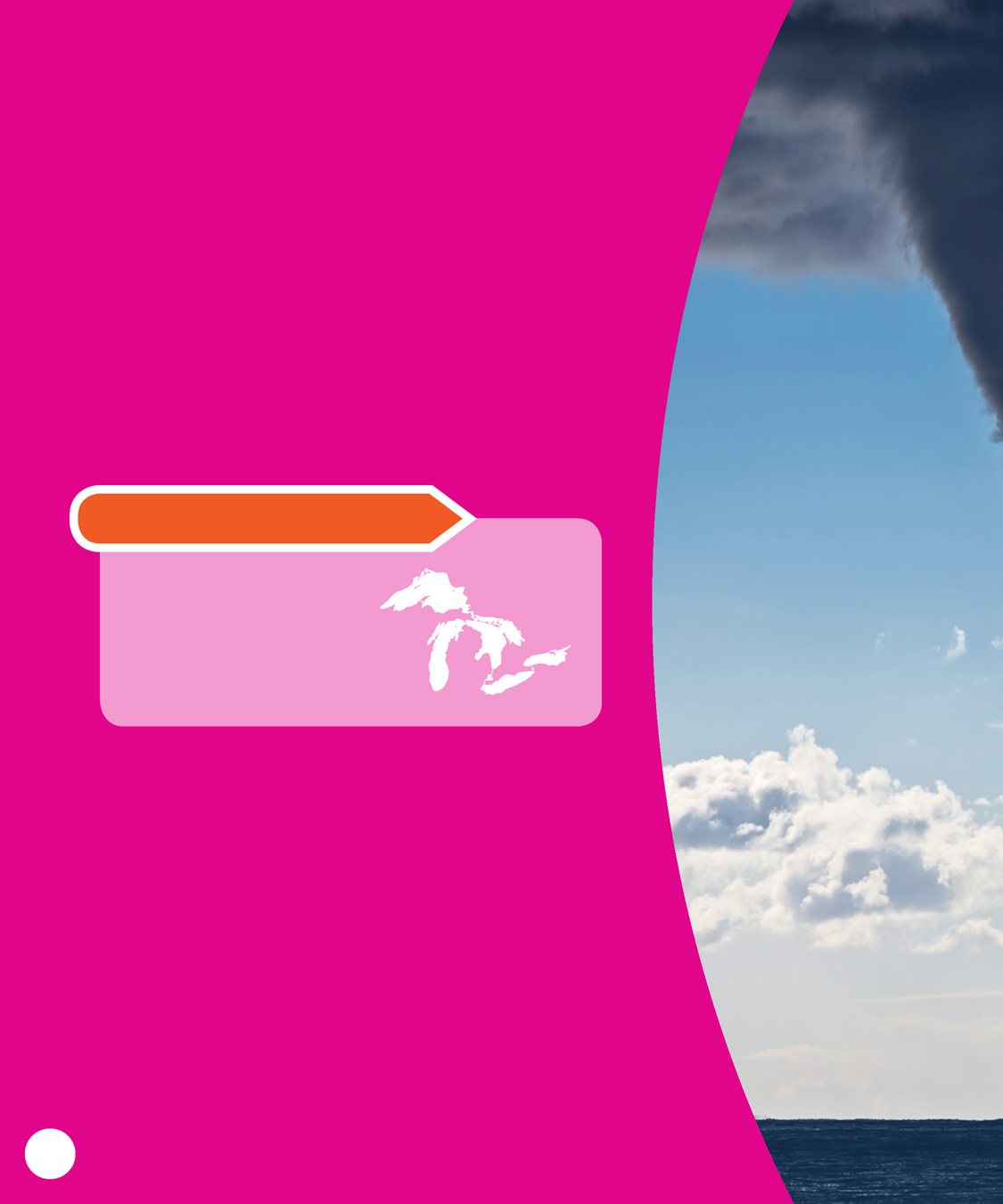Ideas for Parents
and Teachers
Pogo Books let children practice
reading informational text while
introducing them to nonfiction
features such as headings, labels,
sidebars, maps, and diagrams,
as well as a table of contents,
glossary, and index. Carefully leveled text with
a strong photo match offers
early fluent readers the support
they need to succeed.
Before Reading
Walk through the book and
point out the various nonfiction
features. Ask the student what
purpose each feature serves. Look at the glossary together.
Read and discuss the words.
Read the Book
Have the child read the book
independently.
Invite him or her to list questions
that arise from reading.
After Reading
Discuss the childs questions.
Talk about how he or she might
find answers to those questions. Prompt the child to think more.
Ask: Have you ever been in
a tornado? What would you
do if your school were in the
path of a tornado? Pogo Books are published by Jump!
5357 Penn Avenue South
Minneapolis, MN 55419
www.jumplibrary.com Copyright 2016 Jump!
International copyright reserved in all countries.
No part of this book may be reproduced in any form
without written permission from the publisher. Library of Congress Cataloging-in-Publication Data Meister, Cari, author. Tornadoes / by Cari Meister. (Disaster zone) Audience: Ages 710. (Disaster zone) Audience: Ages 710.
Includes bibliographical references and index. ISBN 978-1-62031-225-4 (hardcover: alk. paper) ISBN 978-1-62031-268-1 (paperback) ISBN 978-1-62496-312-4 (ebook) 1. TornadoesJuvenile literature. I. Title.
QC955.2.M454 2016 551.553dc23 2014044197 Series Editor: Jenny Fretland VanVoorst Series Designer: Anna Peterson Photo Researcher: Anna Peterson Photo Credits: All photos by Shutterstock except:
Alamy, ;
National Geographic, . Printed in the United States of America at
Corporate Graphics in North Mankato, Minnesota.
TABLE OF CONTENTS
CHAPTER
ITS A
TORNADO!
Imagine you are visiting your
aunt in Oklahoma. The air is hot
and sticky. The sky looks green. 4 CHAPTER 1
A funnel cloud dips
from a storm cloud. 4 CHAPTER 1
A funnel cloud dips
from a storm cloud.
It starts to swirl and
twist. Its a tornado! funnel cloud CHAPTER 1
Sirens sound. You and your aunt take cover
in the basement. The tornado
whips and whirls. It uproots
trees. 6 CHAPTER 1
CHAPTER 1
After a few minutes it grows quiet. 6 CHAPTER 1
CHAPTER 1
After a few minutes it grows quiet.
The radio announcer says it is
safe to come out. You go upstairs. The roof is gone. Debris is
everywhere. But you are safe. 8 CHAPTER 1
debris CHAPTER 1
10 CHAPTER 1
Tornados are spinning columns
of air. 8 CHAPTER 1
debris CHAPTER 1
10 CHAPTER 1
Tornados are spinning columns
of air.
They form when wet, warm
winds meet dry, cold winds.
When the winds meet, the warm
air rises above the cold air.
As it rises, it cools and falls.
It starts to spin. The whirling
winds form a funnel.
If it touches the ground,
it becomes a tornado.
TAKE A LOOK!
Tornadoes form when hot and cold
winds meet. = cold air = hot air funnel strong
winds cloud of debris CHAPTER 1
CHAPTER
MEASURING
AND MAPPING
Some tornados are small. They might be just a few feet
( meter ) across. Others are
huge.
They can be more than
a mile ( 1.6 kilometers ) across. 12 CHAPTER 2
Experts measure tornados by their
wind speed and the damage they
cause. Some tornadoes have had
winds of more than miles per
hour ( kph )! CHAPTER 2
Tornadoes have touched down on every
continent but Antarctica. The United States
has about 1,200 of them each year. They mostly occur in an area known as
Tornado Alley. 14 CHAPTER 2
WHERE ARE THEY?
Tornado Alley covers much of the Great Plains,
between the Rocky Mountains and the Mississippi River.
UNITED STATES
= Tornado Alley CHAPTER 2

